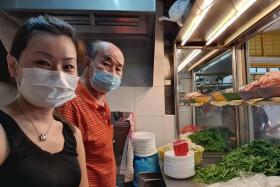A toast to the holidays: Champagne recommendations
Champagne is the easiest wine to enjoy and perfect for spreading cheer
The bubbles that give so much personality to the sparkling wine can be as distracting as they are invigorating.
Tickling our palate and making champagne irresistible, the carbon dioxide gas is produced as a result of a secondary fermentation.
After the grape juice is made into wine through the first alcoholic fermentation, the same dry wine goes through another fermentation.
This is triggered by the addition of a syrup that also contains some yeast, called the prise de mousse, which is added to the fermented wine when it is bottled.
The yeast starts fermenting the sugar in the syrup inside the bottle. As all fermentation naturally produces carbon dioxide gas, the gas is dissolved into the still wine, turning it bubbly.
If the champagne is tasted at this stage, it would be quite acidic.
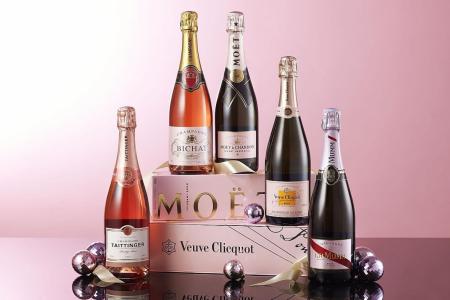
So, the wine - together with the bubbles - stays inside the bottle for anything from a minimum of 15 months (for non-vintage) to three years (for vintage champagne).
Those are just some of the requirements and are commonly exceeded. What happens in that extended time is that the champagne becomes more evolved, rounded, complex and less aggressively acidic.
Prior to commercialising the wine, this residue or spent yeast has to be dispelled from the bottle. The process is called disgorgement, and it is a rather technical procedure.
The neck of the bottle is inverted - by machine - into a solution that is about minus 25 deg C, becoming a frozen plug.
The bottle is turned over, and the gas from the bottom forces the plug to shoot out of the bottle. A little wine is displaced.
The bottle is now topped with a dosage that adjusts the degree of dryness in the champagne.
Champagne is delicious as an aperitif and when paired with food, particularly dim sum, tempura, pakora and Korean seafood pancake.
Champagne is a sparkling wine but not all sparkling wine is champagne. To qualify for the name, the grapes that are used to make champagne must be grown in the delimited region of the same name. The wine has to be made in the region, as well as the ageing of the wine.
It is only when all the criteria are met can the wine in the bottle be called champagne - by all accounts the greatest sparkling wine in the world.
The writer is wine consultant for FairPrice. He is also regional chairman of Decanter World Wine Awards, vice-chairman of Decanter Asia Wine Awards and a columnist for the World of Fine Wine magazine in Britain.
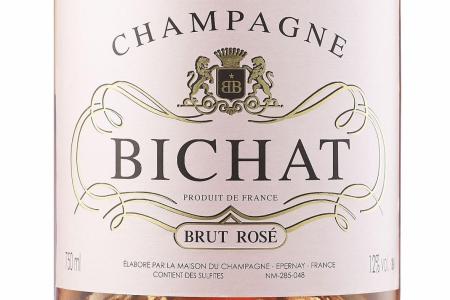
Champagne Bichat Brut Rose ($60.70)
Peach and pink candy floss on the nose. The fruitiness is off-dry and has a pinch of delicate sweetness. Perfect around the swimming pool and barbecue.
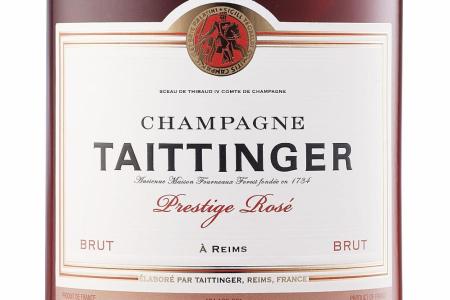
Champagne Taittinger Prestige Rose Brut ($130.75)
Salmon pink. Red cherry and grapefruit. A fresh, racy aperitif style. A little grip of tannins on the finish. Dry and medium-plus-ish bodied. Based in Reims, France, Champagne Taittinger is still family-managed and family-owned.
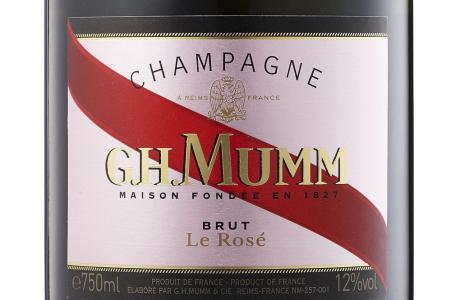
G. H. Mumm Le Rose Brut ($106.06)
A hint of salmon in the colour. The fruit profile includes strawberry and citrus, even an apple-y aspect. Delicious on its own and with dim sum and tempura.
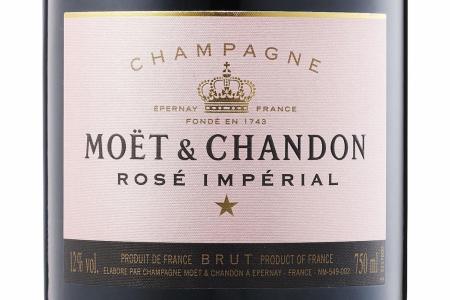
Moet & Chandon Brut Imperial Rose
($109.90)
The composition of the blend is about 40 per cent to 50 per cent Pinot Noir, 30 to 40 per cent Pinot Meunier and 10 to 20 per cent Chardonnay. Strawberry/raspberry/cherry with a hint of spice. Fresh and invigorating. Irresistible on its own and able to pair with finger food, ham and chicken, including tandoori.

Champagne Veuve Clicquot Brut Rose ($114.20)
This wine definitely has bottle-age as revealed by the tapered cork. As a result, the champagne is mature and evolved. The bubbles are gentle, and the fruit - including raspberry - and autumn leaves are delicious . Wonderful as an aperitif and makes a great pairing with finger food, mushroom dishes and even duck.
Get The New Paper on your phone with the free TNP app. Download from the Apple App Store or Google Play Store now

